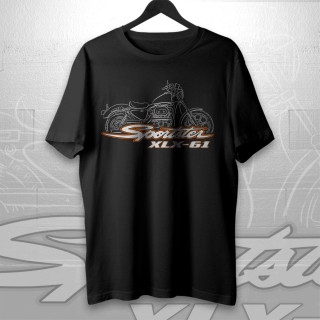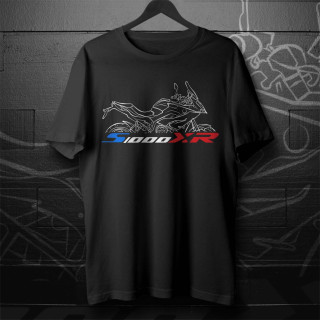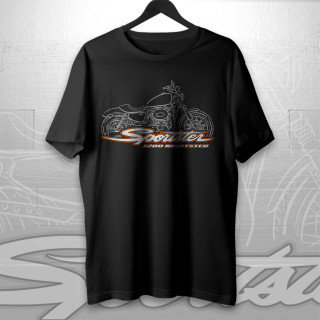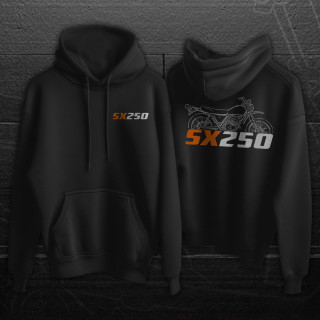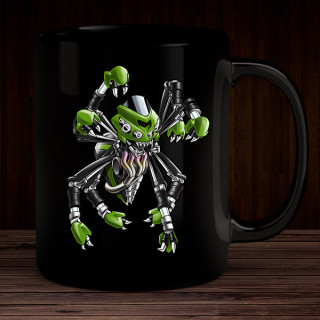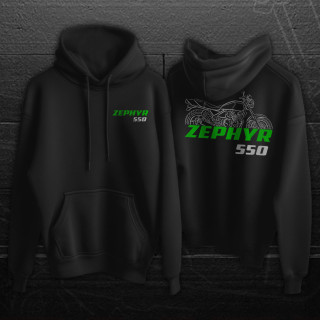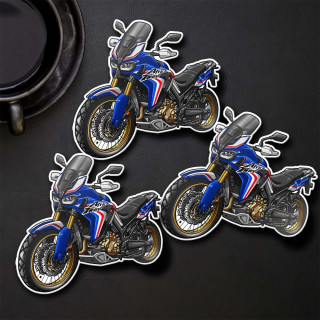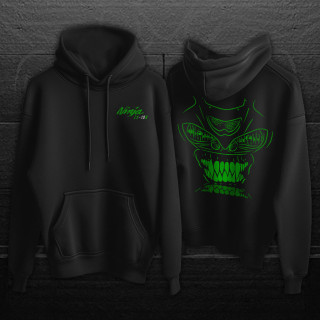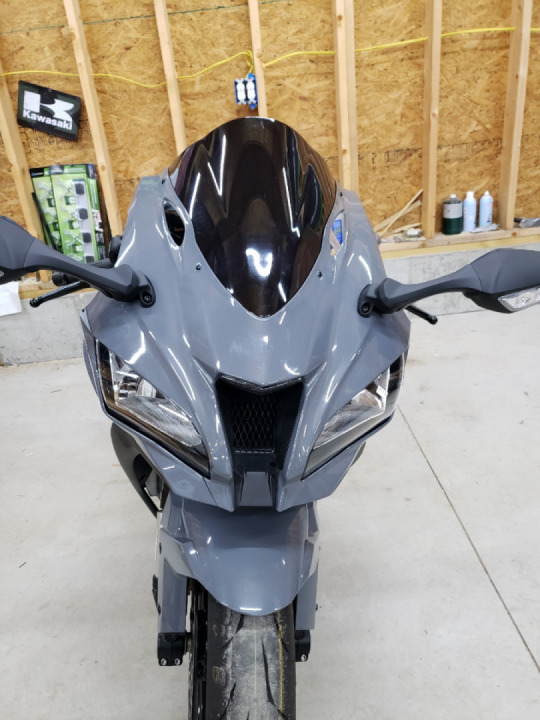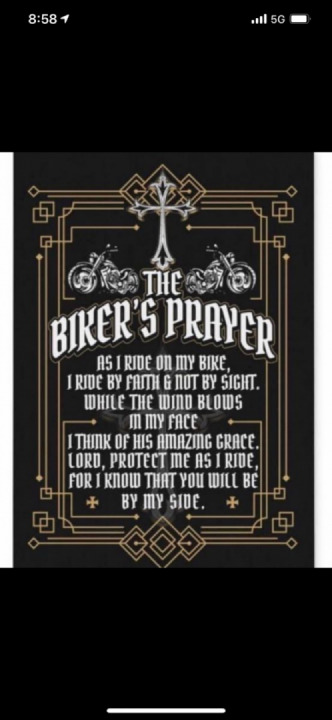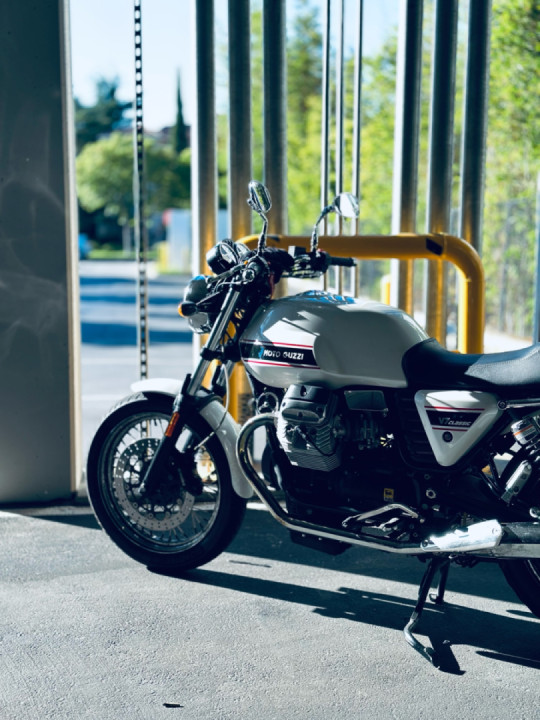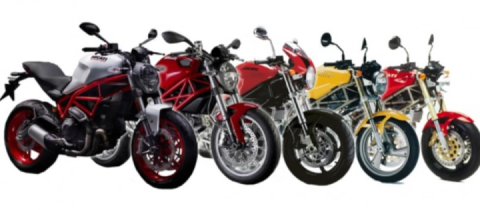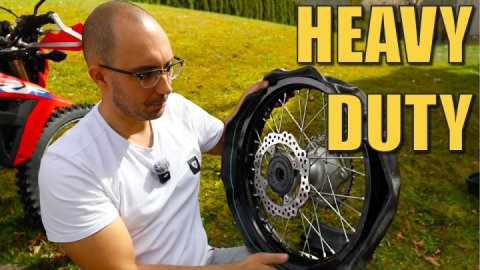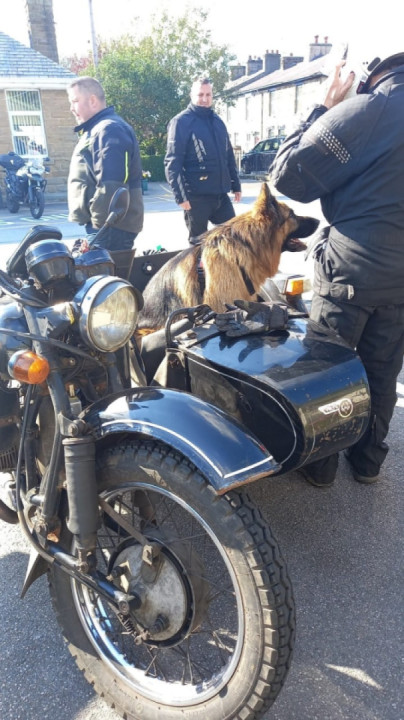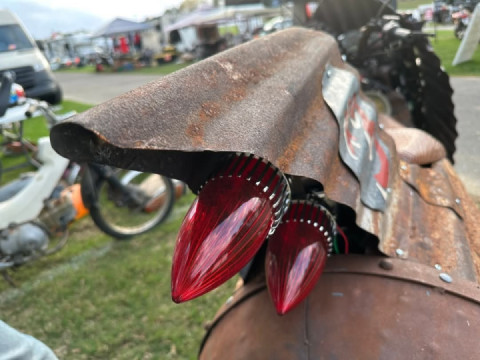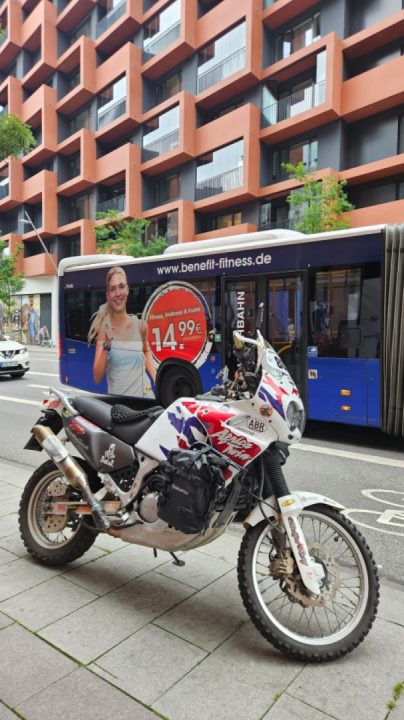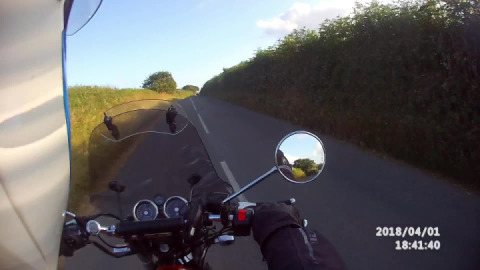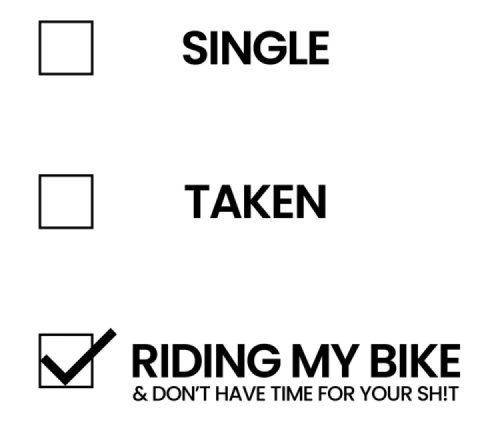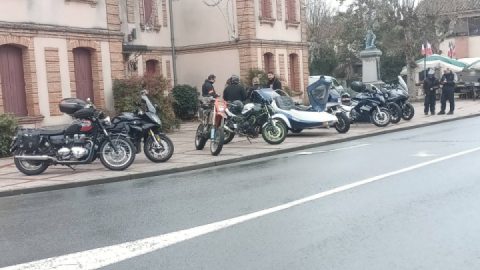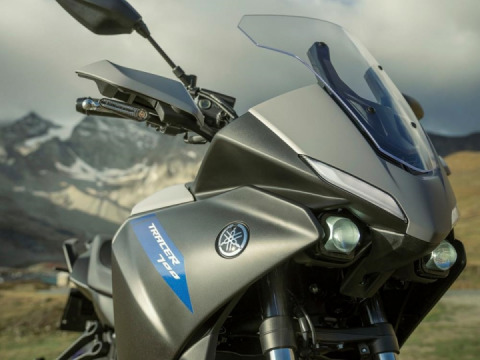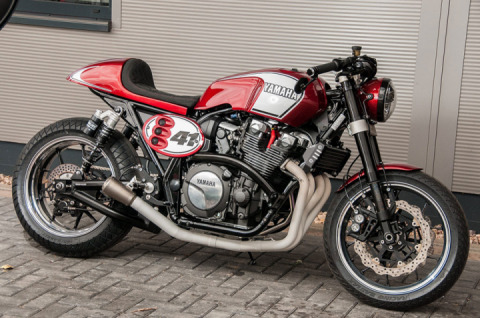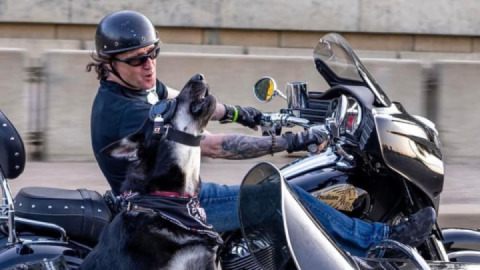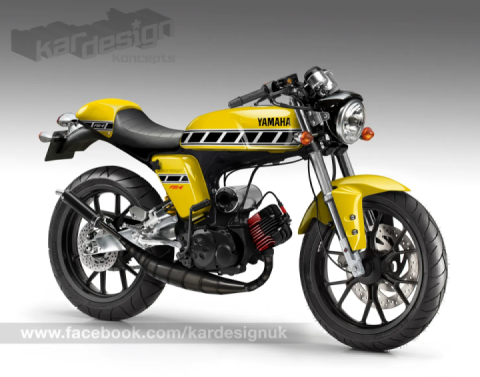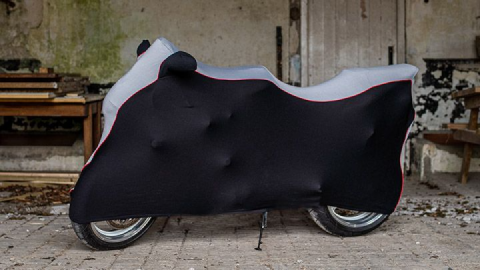
Yamaha Roadliner VS Stratoliner; Heres Which Motorcycle Is Best For You
Along with the Roadliner, which is a cruiser, they also sold a modified version suitable for Grand Touring, called the Stratoliner.
From the years 2006 to 2017, Yamaha produced the largest production bike in the company's history, the Roadliner. The Roadliner is a part of Yamaha’s Star Motorcycles division. Along with the Roadliner, which is a cruiser, they also sold a modified version suitable for Grand Touring, called the Stratoliner.
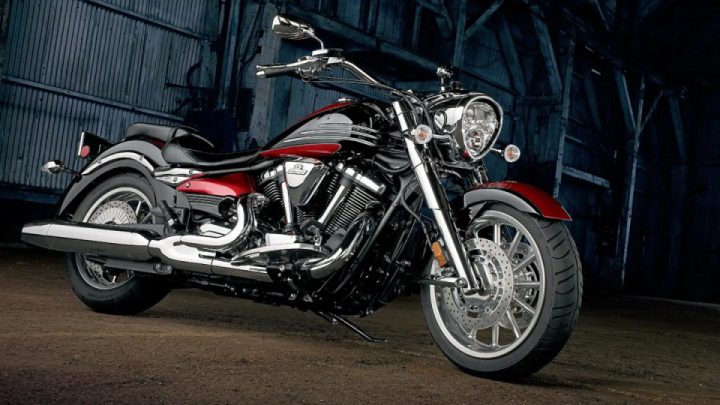
So how do the two bikes differ from each other? Short answer: Not so much. The Stratoliner is basically a customized Roadliner. So, which one was the better of the two? Well, the answer is not that simple.
Difference Between The Roadliner And The Stratoliner
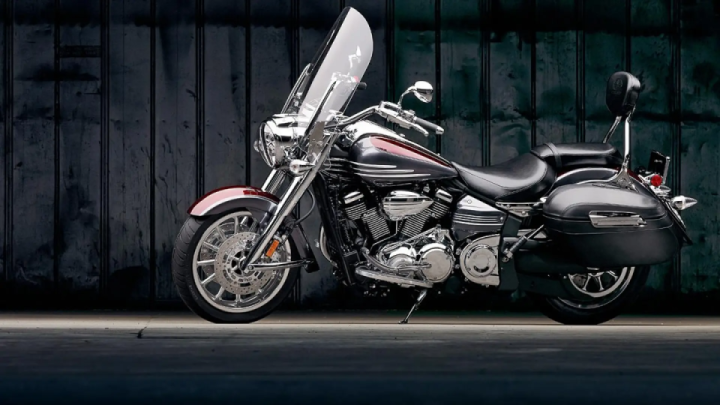
The Yamaha Stratoliner is basically a Roadliner with an added windshield, saddlebags, and a passenger backrest. We can say the Stratoliner is the GT (Grand Tourer) version of the Roadliner. Another noticeable difference is the slightly stiffer spring in the rear suspension, having more preload, better suited for long trips. Apart from that, both bikes are technically the same, bearing the same model name, XV1900.
Engine and Performance
Now there has not been a major do-over on these bikes from 2006 to 2017, so we are going to look at the 2017 model for this article. Impressive is the word that pops into the mind when describing the performance of the XV1900. The bike comes with a 1.8-liter four-stroke v-twin engine that has a compression ratio of 9.5:1 which was bigger than usual for an air-cooled v-twin of that size. The engine made 95 HP, making it one of the most powerful pushrod engines ever made! Another impressive feature of the engine is its torque output. With producing 114 ft. lbs of torque at just over 2000 RPM, those figures stay up all the way to 4000 RPM! This means that power loss is not really noticeable till top gear before 100 mph and as a result, overtaking at around 60 mph is easier and faster on the freeways. Also, it goes from 0 to 60 in 4.8 seconds.
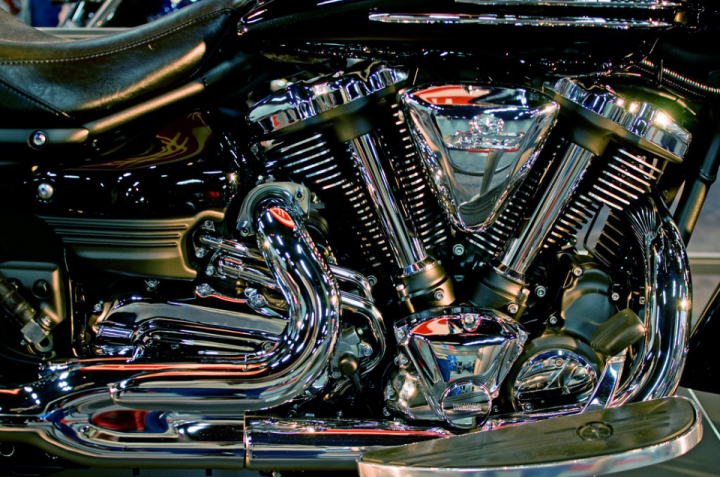
The bike has a transistor controlled ignition, a wet, multi-disc clutch, 5-speed gearbox, and a belt-fed transmission/final drive. The efficiency is also not bad clocked at 42 miles per gallon. The two-in-one exhaust gives a nice rumble that’s pleasant to our ears. It has a 298 mm double disc front brake and a 320 mm single-disc rear brake, both hydraulic. The front wheel has a 46 mm telescopic fork front suspension and a single-shock rear suspension. With a fuel tank capacity of 4.5 gallons, you’re ready for a little over 150 miles. With such great fuel efficiency from the motorcycle, you can go miles on a full tank before stopping at a gas station. Standing at the maximum length of the bike at 102 inches, this is the largest Yamaha production bike ever made. The wheelbase is a whopping 67.5 inches and the ground clearance is 6.1 inches so going off-roading is not recommended.
How Well Do They Ride?
Well, the bike rides completely differently depending on two major conditions: Cruising and Hard Throttling. While cruising, the big 100 mm pistons revving inside the 118 mm bore produce very little vibration, making the ride as comfortable as it gets. The handlebar is sensitive as there is a very light throttle barely off the stop. When you are twisting the throttle hard, however, the bike turns into a beast, accelerating at exhilarating speeds. The air-cooled v-twin engine could get really hot as it has a compression ratio of 9.5:1. To work around this, Yamaha sprayed the pistons with oil, and the heads have an oil-cooling port that runs through the exhaust valve area. The two-into-one exhaust system has a deep, loud sound, this Japanese can put any Harley-Davidson to shame.
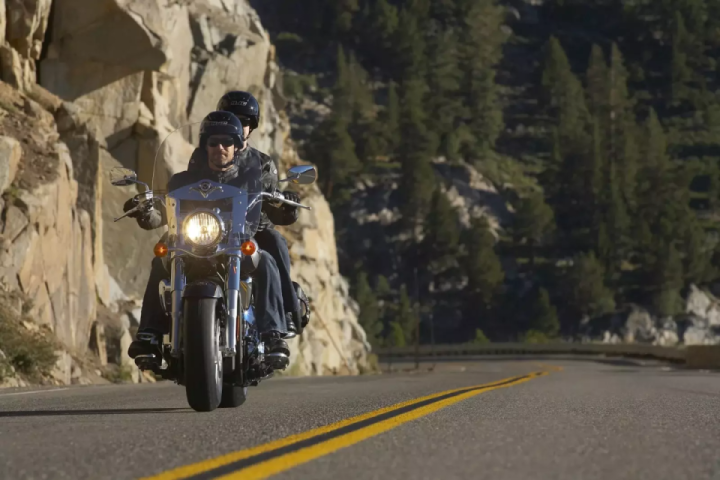
It features an EXUP (Exhaust Ultimate Power-valve) that is not seen in other cruisers and has previously only been found on Yamaha sports bikes. The EXUP is a cable-operated valve that opens and closes with the throttle, creating more back pressure at low rpm that results in increased torque. It also allows the engine to produce more peak horsepower when the throttle is wide open. Getting fuel into the cylinders, the XV1900 uses dual 43 mm throttle bodies, which now feature 12-hole injectors for a more precise and wider fuel spray. The fuel injectors are self-adjusting for altitude and have a fast idle programmed in for cold starts. Ensuring perfect fueling at any throttle position, the XV1900 enjoys a seamless power delivery from any throttle position, at any place in the rev range.
Chassis Construction
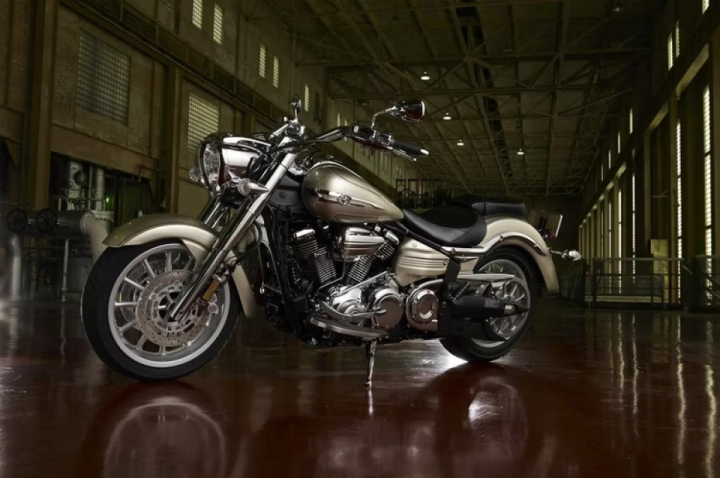
The Roadliner and the Stratoliner benefit a lot from their aluminum frame. It weighs only 37 pounds, which is 25 pounds lighter than that of the Road Star. Also, while the Road Star’s frame is made of 64 components, the XV1900’s light aluminum frame is only made of 8 components resulting in greater rigidity. This also ensures a lower center of gravity and allows more/cleaner styling. You can immediately notice the weight difference as you pick up the bike from the side stand. The body design clarifies that it's a cruiser, but the weight won’t let you feel as if it's a large cruiser. Hence, it's surprisingly easier to handle and maneuver on the roads at most speeds. The cast-aluminum frame really comes in handy with the lightweight 12-spoke wheels that look good on the bike and complement the low profile Dunlop D251 tires that engulf them. Even though the tires look more like they belong to a sports bike rather than a beefy cruiser. The sensibly sized 190/60 - 17-inch rear tire and 130/70 - 18-inch front tire allow the bike to tip into corners with such speed and ease that you will only need to tap the handlebars lightly to lean into a corner without making adjustments.
Pricing And Summary
Yamaha had produced a touring-based cruiser that can serve as a daily driver. Despite being from the 2000s, this bike still looks good today. With a decent suspension set-up, a lot less weight than the competition, and a set of brakes that can handle the extra power. The base model started at $15,180 and came in only one color, Maroon(Yamaha called it Copper for some reason). Then there’s the Midnight edition, which sold for $15,840 and came in complete Black (except for a small portion of the exterior). Finally, the S model started at $16,580 and was painted in silver or a black/cherry two-tone (the two-tone also got two-tone saddle upholstery in the Stratoliner version). Overall, it was a bike that checked most of the right ticks, and a couple of the wrong ones too. The addition of windshield and saddlebags was not that significant to consider a Stratoliner over a Roadliner. However, if your daily commute includes a freeway, for the most part, the Stratoliner is the way to go.
#Yamaha #Bike #Moto #Roadliner #Touring


